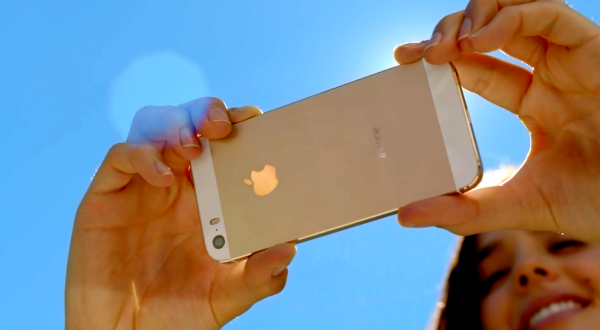
Today, third quarter ends, and in about three weeks Apple will reveal during its earnings call smartphone shipments. The data is a lens for truly assessing what iPhone 5s and 5c sales could be during the holidays. Already, complaints are loud and obnoxious across the InterWeb that the fruit-logo company offers little true innovation in either device -- that the magic is gone. I disagree. CEO Tim Cook is smarter than many critics think.
The smartphone market in late 2013 resembles portable music players seven years ago: Rapidly saturating, particularly in mature markets like Europe and the United States and among wealthier purchasers in countries like China, India and Russia. This release is very much about preserving and extending the Apple brand in a slowing sales segment, while preparing for what comes next. That's absolutely the right approach.
Shifting Smartphone Sales
The smartphone market changes as it matures. In a report released today, Juniper Research identifies five smartphone segments and the likelihood that manufacturers other than leaders Samsung and Apple will rise to seize share in, for example, "ultra-low cost smartphones". The premium category, where the South Korean and American companies dominate, has started its slow decline. Juniper predicts that ultra-low cost smartphone shipments will rise from 10 million to emerging markets next year to 200 million in 2018.
Apple has two challenges: Expanding into markets where smartphones haven't yet replaced feature phones and preserving and extending into regions where "ultra-premium" handset sales are slowing. All this, while fighting off the Android Army. During calendar second quarter, Google's mobile OS captured 79 percent smartphone share, based on actual sales, according to Gartner. iOS share fell to 14.2 percent from 18.8 percent a year earlier. Actually, that puts Apple's share where it was same quarter three years earlier.
iPhone is Apple's most-important product, accounting for 51 percent of revenues during calendar second quarter -- that's up from 20 percent four years earlier. However, when adding so-called "halo" sales of other products, the real number is 65 percent or more. So how then to expand and extend iPhone without upsetting the, ah, Apple cart? iPod foreshadows the future and makes sense of the present.
iPod, iKnows
During calendar second quarter 2006, iPod accounted for 34 percent of Apple revenue, up from 31 percent a year earlier -- driven in part by the hugely successful iPod nano, which released autumn 2005. That device was Apple's last major revision in the category, everything that followed refined existing product lines. Rather, with iPhone, the company recast music players as something more.
Then Apple CEO Steve Jobs introduced iPhone in January 2007, six months before sales started. "This is a day I've been looking forward to for two-and-a-half years", he told Macworld attendees. "Every once and awhile a revolutionary product comes along that changes everything...Today we're introducing three revolutionary new products. The first one is a widescreen iPod with touch controls. The second is a revolutionary mobile phone. And the third is a breakthrough Internet communications device". All were the same. "These are not three separate devices. This is one device". iPhone.
Rather than stretch out iPod, Apple subsumed it, rolling core features into something else. The company continued selling the music player, and remains market share leader even today, while offering core capabilities -- and more -- as part of a new category. That's the future Cook and Company should deliver the next release cycle, a device that's more than iPhone. Now isn't the time.
Platform Preparation
Apple would have asked too much of many customers, app developers and other partners by radically changing iPhone and iOS at the same time. The operating system gets the big makeover this release cycle in preparation for what comes next. You can guess what that might be, because it should be more than a phone. Maybe Apple's long-rumored wearable computer is the next thing -- that opens a new category, while iPhone continues, much as iPod did.
Consider the iOS 7 makeover, with focus on flat design, or Apple sticking to 4-inch display when the rest of the market goes larger. Both things could foreshadow a device where screen is even smaller and where flat design is the best motif for it. Like a wearable. I won't guess further, but make a point. If Cook and Company are as smart as I think, there's a fundamentally different Apple device coming next that subsumes iPhone's core capabilities and takes them somewhere else.
Meanwhile, Apple keeps iPhone designs rather staid, focusing on customer experience and emphasizing benefits more appropriate for maturing markets. Many geeks caught up in device specs or those people demanding another Apple revolution miss the point. Color is a benefit. Fashion is very important to many people. How devices are dressed says something about the owners. So for iPhone 5s the big thing is gold and for the new 5c five bold colors.
Brand Building
Brand is Apple's most valuable asset. Today, Interbrand labels Apple the world's most-valuable brand, displacing Coca-Cola. Apple rose from second to first, while Google from fourth to second. For this release cycle, Cook chose to make brand the priority, preserve margins rather than radically cut prices as many arm-chair pundits predicted and give existing (and some new) customers reasons to buy -- color, particularly that gold iPhone.
That's the right thing to do, while seeding the radically changed iOS 7 to market and preparing for what must come next. I'll eat my words, if Apple doesn't deliver something quite unexpected next release cycle -- and fault the company for not doing so.
A word for the regular rabble that poisons BetaNews comments: This post does not contradict "iPhone 5s is a failure", from last week, as some of you will accuse. I purposely look at product launches, among other high-tech doings, from different viewpoints -- a writing approach explained many times previously and ignored by many commenters.
Apple's handling the iPhone 5s and 5c launches warrant the skewing I gave last week. But from a different perspective, the company's larger approach to iPhone in a rapidly changing smartphone market deserves recognition. How much that recognition is deserved depends on what comes next. If Apple stays the course next release cycle, I'm wrong to praise. The company takes great risks holding fast now, as I explain in my book The Principles of Disruptive Design . But on further reflection, I see the sense of iOS 7 as first step to something bigger.

via BetaNews http://feeds.betanews.com/~r/bn/~3/diY3KJ6rnWE/
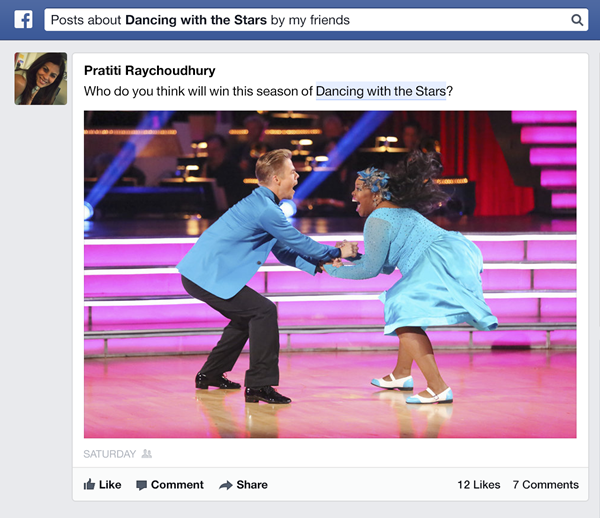
 It's extremely irritating. You change your Facebook status and immediately notice that you've made a stupid spelling mistake. This could come as a result of a slip of the finger, or your phone's autocorrect might be to blame. You could, of course, simply delete the status update and recreate it without errors. But what about if you've already managed to amass dozens of comments that you don’t want to lose?
It's extremely irritating. You change your Facebook status and immediately notice that you've made a stupid spelling mistake. This could come as a result of a slip of the finger, or your phone's autocorrect might be to blame. You could, of course, simply delete the status update and recreate it without errors. But what about if you've already managed to amass dozens of comments that you don’t want to lose?
 Information security specialist Symantec has announced on its
Information security specialist Symantec has announced on its 
 Windows 8.1 is a massive improvement over its predecessor, and allows you to pretty much ignore the Modern UI if you have no need for it, or Windows apps in general. It lets you
Windows 8.1 is a massive improvement over its predecessor, and allows you to pretty much ignore the Modern UI if you have no need for it, or Windows apps in general. It lets you 
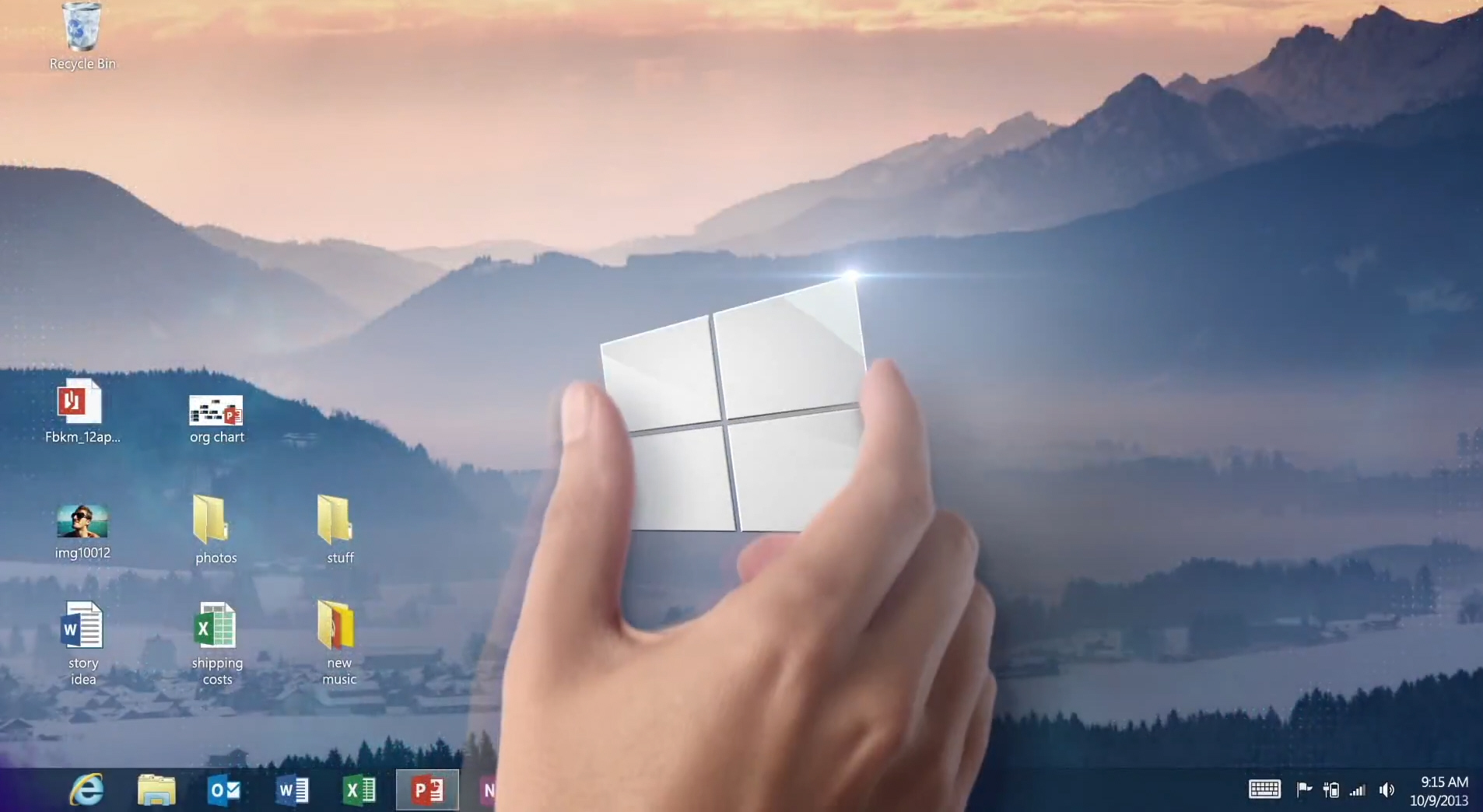
 Just about every company with an online presence is getting into the sharing game. It's something we’ve already seen from other companies.
Just about every company with an online presence is getting into the sharing game. It's something we’ve already seen from other companies.  Microsoft held an event in NYC to
Microsoft held an event in NYC to 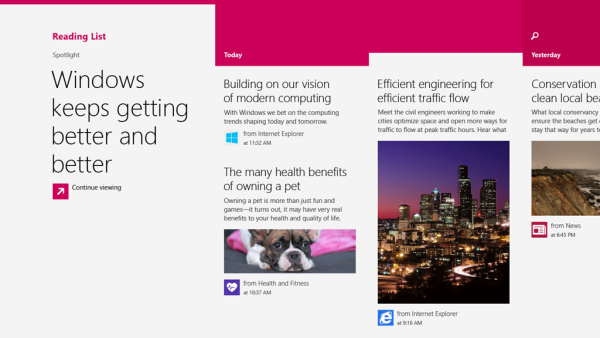
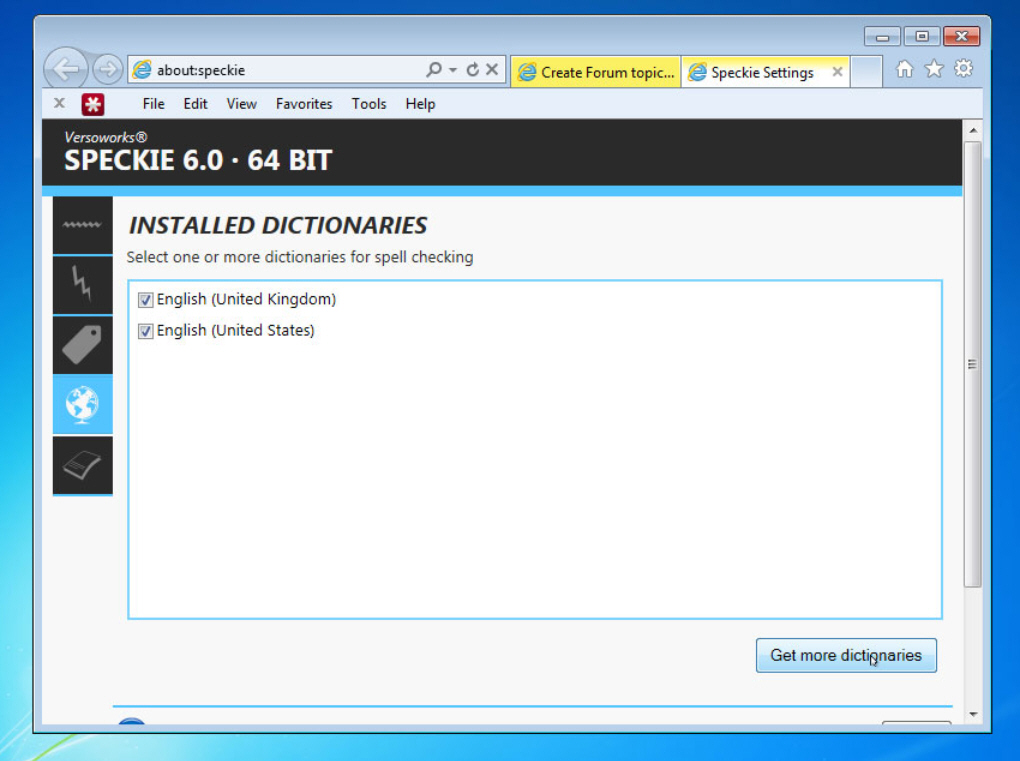
 These days most browsers offer some form of basic protection against clicking a fake link and visiting phishing websites (facsimiles of genuine sites that attempt to trick users into giving up sensitive personal information like passwords and credit-card details). But they don’t offer much else protection against other dangerous sites.
These days most browsers offer some form of basic protection against clicking a fake link and visiting phishing websites (facsimiles of genuine sites that attempt to trick users into giving up sensitive personal information like passwords and credit-card details). But they don’t offer much else protection against other dangerous sites. I am a big fan of thunder and lightning storms. There is nothing else in nature that is simultaneously fun, romantic and scary (depending on the situation and company). However, there is a very serious side to these storms -- death or injury by lightning. Yes, an electrical storm can end your life if you aren't careful.
I am a big fan of thunder and lightning storms. There is nothing else in nature that is simultaneously fun, romantic and scary (depending on the situation and company). However, there is a very serious side to these storms -- death or injury by lightning. Yes, an electrical storm can end your life if you aren't careful.